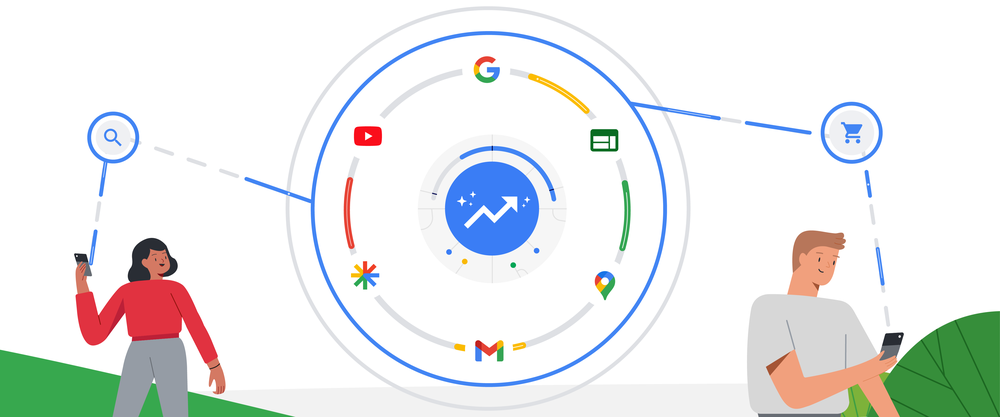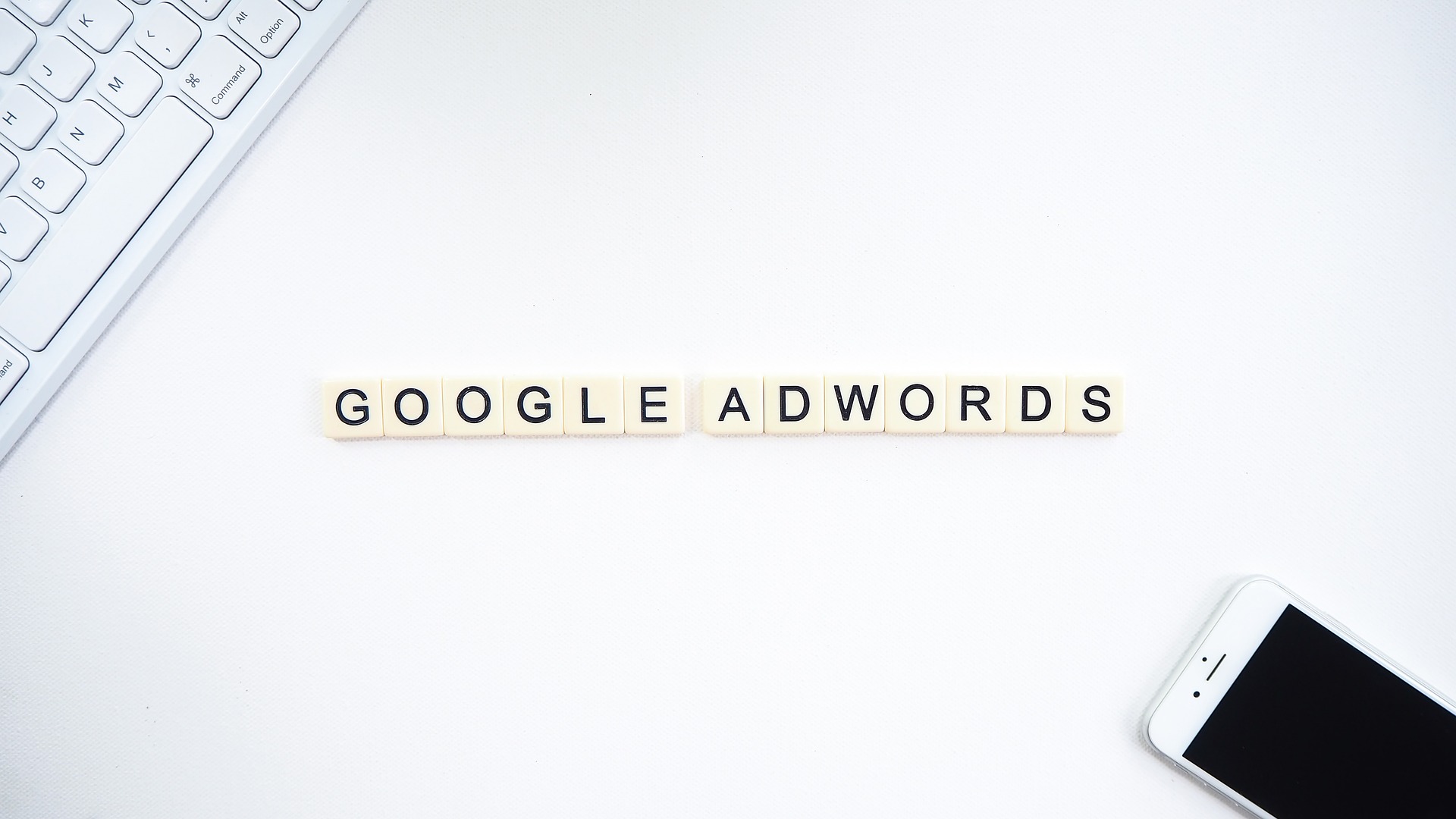Lead generation specialists often face unique challenges, and we value different lead types based on client objectives. For many advertisers, lead quantity is top priority and optimizing lead quantity is key.
Add to this that the customer journeys of our potential customers are increasingly complex, making it difficult to identify quality leads.
In other articles we’ve discussed the growing importance of Performance Max campaigns, and the results we can potentially expect from PMax with an online sales objective. Lead Gen is no exception: Performance Max in theory allows us to maximize not so much the number of leads, but rather their quality.
Performance Max in theory allows us to maximize not so much the number of leads, but rather their quality.
At All Around, we have tested Performance Max campaigns with several clients and different objectives. For example, with the lead generation objective we are working with a brand with a presence in several of Spanish-speaking countries.
The initial approach to implementing PMax lead generation was to create a base campaign to serve as a test:
- With a broad audience: In other tests we have seen that the more we limit Performance Max settings, the worse these campaigns tend to perform. This tells us that Google will combine all the audience signals and find the best performing audience across all asset groups. In our case, the base was a single initial asset group:
- Broad interest and in-market segments within the same asset group, as well as a. broad 1st party audiences (visitors with windows of more than 180 days and customer lists of more than 3K users).
- Maximize conversions as the initial base strategy for the campaign.
Combining these audiences is not a bad thing—what we are doing is giving Google a great bank of signals to start working with.

The initial results were positive. The Pmax lead generation campaign used maximize conversions as an objective with a fairly generous budget that resulted in a high lead volume with fairly low cost per lead.
- Compared to the average of a standard display campaign, the CPL was slightly higher in Performance Max (+5%) although the conversion rate was almost 4 percentage points higher than that of a conventional display campaign.
- Compared to a generic search campaign, the CPL was 34% lower in Performance Max, and the cost per click was -76% lower. As Pmax brings in much more traffic than a conventional search campaign, the conversion rate is usually lower, in this instance, about 7 percentage points lower.
After a month of campaign activity lead quality was good or similar to any basic Search campaign.
After a month of campaign activity, the client gave us concrete feedback on lead quality, which was good or similar to any basic Search campaign. With a sufficient volume of data after those initial 30 days, we decided to optimize and implement changes in two areas:
- Avoid possible cannibalization with active Search campaigns, especially branded ones. Google claims that there is no overlap, but after launching this test we saw a decrease of about 30% in normal brand campaigns (without any other obvious changes in the account or competitor environment).
- To negativize terms you’ll have to contact your Google account manager or Support and provide them with the list of negative keywords you want to exclude.
- We want to know which segments worked best and focus efforts on those with a better CPL or higher quality. Google asks us to rely on their campaign automation but don’t be fooled, we have to track what works and what does not. Not only as optimization tactic, but also as learning exercise for other campaigns and even other channels.
- As our initial audience was a broad campaign-level one, we split the main audience signals we wanted to evaluate into different campaigns.
- If you want to see the performance of each audience signal or asset for better control and budgeting, do not separate them into asset groups, rather separate them into campaigns. This is the only way to properly segment since Performance Max does not show individual performance of each asset group.
If you are looking to expand your Paid Search lead generation strategy, don’t hesitate to contact us. The Paid Media team at All Around can help you with all your campaigns. Read more about our Paid Search services.
More posts about: Generate more leads







